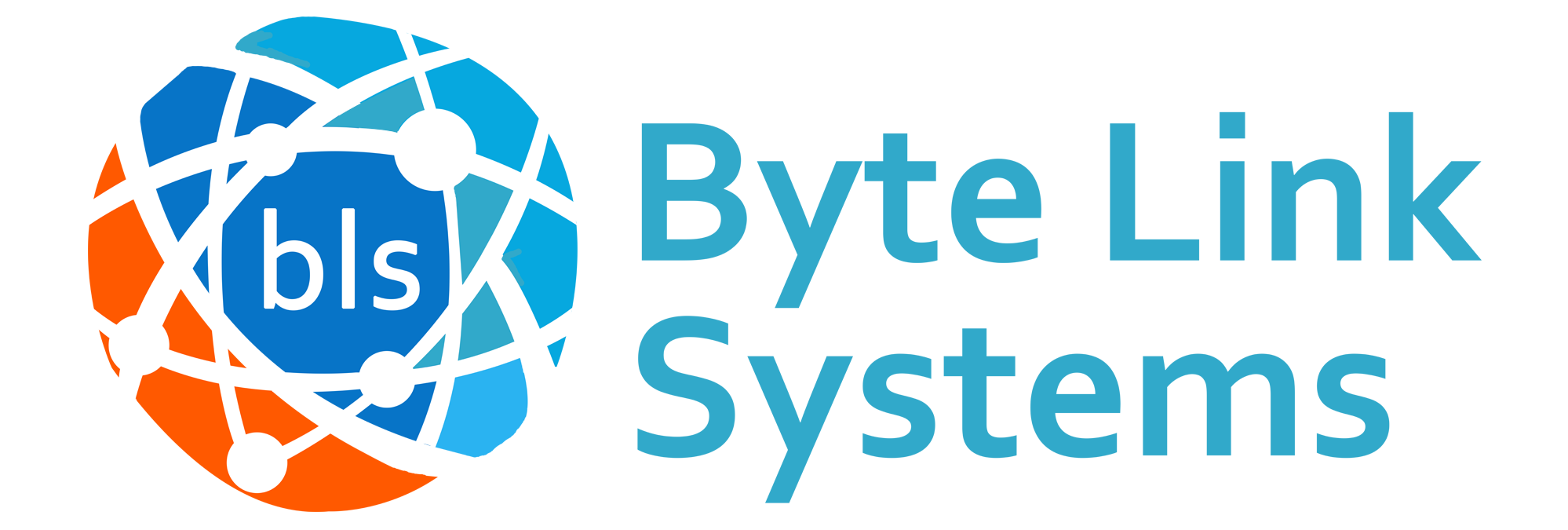Introduction:

Artificial intelligence (AI) refers to the ability of machines to learn and perform tasks that typically require human intelligence, such as recognizing patterns, making predictions, and processing natural language. In recent years, AI has gained significant traction in various industries, including web analytics.
AI is transforming web analytics by providing a more accurate and efficient way of analysing data, identifying trends, and predicting outcomes
Here are some ways AI is being used in web analytics:
Predictive Analytics: AI-powered predictive analytics algorithms analyze historical data to make predictions about future user behavior. This helps businesses optimize their digital properties and improve their online performance by identifying opportunities for growth and optimization.
Personalization: AI-powered personalization tools analyze user behavior to provide personalized content and recommendations to users. This helps businesses improve user engagement and drive conversions by tailoring their digital properties to each user’s needs and preferences.
Voice Analytics: AI-powered voice analytics tools analyze voice data to understand user behavior and preferences. This helps businesses improve their voice-based digital properties, such as voice assistants and chatbots, by tailoring them to each user’s needs and preferences.
Sentiment Analysis: AI-powered sentiment analysis tools analyze social media and other online data to understand user sentiment about a brand or product. This helps businesses identify potential issues or opportunities for growth and optimization in real-time.
Fraud Detection: AI-powered fraud detection tools analyze user behavior to detect fraudulent activity, such as bot traffic or click fraud. This helps businesses protect their online assets and prevent financial losses.
Overall, AI is transforming web analytics by providing businesses with new tools and capabilities to optimize their digital properties and improve their online performance. As AI technology continues to evolve, we can expect to see even greater innovation and impact in the field of web analytics.
Benefits of using AI in web analytics:

Improved Accuracy: AI-powered algorithms can analyze vast amounts of data from various sources, such as website traffic, social media engagement, and customer feedback, to identify patterns and make predictions about user behavior. This helps businesses gain a more accurate understanding of their customers’ needs and preferences and identify opportunities for growth and optimization. For example, AI-powered predictive analytics algorithms can accurately forecast future user behavior, allowing businesses to tailor their digital properties to meet their customers’ needs.
Increased Efficiency: AI-powered tools can automate many tasks in web analytics, saving businesses time and resources.For example, AI-powered chatbots can provide 24/7 customer support and answer frequently asked questions, reducing the need for human support agents. Similarly, AI- powered algorithms can automatically analyze data and generate insights, freeing up human analysts to focus on more complex tasks.
Personalization: AI-powered personalization tools can analyze user behavior and provide personalized content and recommendations to users. This helps businesses improve user engagement and drive conversions by tailoring their digital properties to each user’s needs and preferences. For example, AI-powered personalization tools can analyze a user’s browsing and purchase history to provide personalized product recommendations or offer customized promotions based on their interests.
Scalability: AI-powered tools can scale to meet the needs of businesses of all sizes, from small startups to large enterprises. This is because AI-powered algorithms can process vast amounts of data quickly and efficiently, without requiring significant additional resources. For example, businesses can use AI-powered chatbots to provide customer support to millions of users at once, without requiring additional human resources.
Real-time Insights: AI-powered tools can provide businesses with real-time insights into user behavior, allowing them to quickly identify issues or opportunities for optimization. For example, AI-powered sentiment analysis tools can monitor social media conversations in real-time and identify common themes, opinions, and emotions related to a brand or product.
Overall, the benefits of using AI in web analytics are significant and can help businesses gain a competitive edge by providing them with more accurate and efficient data analysis, personalized user experiences, and real-time insights into user behavior.
Examples of how companies are using AI in web analytics to improve their digital properties:
Personalization: AI-powered personalization tools are being used to analyze user behavior and provide personalized content and recommendations to users. For example, Netflix uses AI-powered algorithms to analyze user behavior and provide personalized movie and TV show recommendations based on their viewing history. Amazon also uses AI to provide personalized product recommendations to users based on their purchase history and browsing behavior.
User Experience Optimization: AI-powered tools are being used to optimize the user experience and improve website performance. For example, Booking.com uses AI to analyze user behavior and make personalized recommendations for hotels and travel destinations. The company also uses AI to optimize its website’s layout and design to improve the user experience and drive conversions.
Chatbots: AI-powered chatbots are being used to provide 24/7 customer support and answer frequently asked questions. For example, H&M uses AI-powered chatbots to provide customers with personalized fashion advice and style recommendations. The chatbots analyze customer data and preferences to provide personalized fashion suggestions to users.
Fraud Detection: AI-powered tools are being used to detect and prevent fraud on e-commerce websites. For example, PayPal uses AI to detect fraudulent transactions and prevent chargebacks. The AI algorithms analyze user behavior and transaction data to identify suspicious activity and alert the company’s fraud detection team.
Voice-Activated Assistants: AI-powered voice-activated assistants like Siri and Alexa are being used to provide personalized recommendations and improve the user experience. For example, Domino’s Pizza allows customers to order pizza using their voice-activated assistant, allowing them to quickly and easily place an order without having to navigate a website or app.
Overall, companies are using AI in web analytics to improve their digital properties and provide a better user experience. By analysing user behavior and providing personalized recommendations and content, companies can improve customer engagement and drive conversions. By optimizing website performance and using chatbots and other AI-powered tools, companies can provide faster and more efficient customer support, while also reducing costs and improving scalability.
Overview of the challenges of using AI in web analytics
While the benefits of using AI in web analytics are significant, there are also several challenges associated with the use of this technology. Here are some of the main challenges of using AI in web analytics:
Data Privacy Concerns: The use of AI in web analytics requires access to large amounts of user data, which can raise concerns about data privacy and security. Companies must ensure that they are collecting and storing user data in compliance with relevant data protection regulations, such as GDPR and CCPA. They must also be transparent about how they are using user data and obtain appropriate consent from users.
Bias and Discrimination: AI-powered algorithms are only as good as the data they are trained on. If the data used to train an algorithm is biased or discriminatory, the resulting insights and predictions can also be biased and discriminatory. This can have serious consequences for users, particularly those who belong to marginalized groups. Companies must take steps to ensure that their AI- powered algorithms are free from bias and discrimination
Specialized Skills and Expertise: The use of AI in web analytics requires specialized skills and expertise, particularly in the areas of data science and machine learning. Companies must invest in training and hiring experts who can develop and maintain AI-powered algorithms and tools. This can be expensive and time- consuming, particularly for small and medium-sized businesses.
Interpretation of Results: AI-powered algorithms can generate vast amounts of data and insights, which can be difficult to interpret and act upon. Companies must have the skills and expertise necessary to analyze and interpret the results generated by AI-powered algorithms, and use these insights to make data-driven decisions.
Integration with Existing Systems: The integration of AI- powered tools and algorithms with existing web analytics systems can be complex and time-consuming. Companies must ensure that their AI-powered tools are compatible with their existing systems and can be easily integrated without disrupting operations.
Overall, the use of AI in web analytics can present several challenges, including data privacy concerns, bias and discrimination, the need for specialized skills and expertise, interpretation of results, and integration with existing systems. However, with proper planning and investment, these challenges can be overcome, and the benefits of using AI in web analytics can be realized.
Future of AI in web analytics :

The future of AI in web analytics looks very promising, as advancements in this technology are expected to drive even greater insights and improvements in digital properties. Here are some of the potential developments in AI and web analytics that we can expect to see in the coming years
Greater Personalization: AI-powered algorithms can help companies personalize the user experience by providing targeted content, product recommendations, and promotions based on user behavior and preferences. As AI technology continues to improve, we can expect to see even more personalized experiences that are tailored to each user’s unique needs and interests.
Improved Predictive Analytics: Predictive analytics is already a key feature of AI-powered web analytics tools, but as AI technology advances, we can expect even more accurate and reliable predictions about user behavior, market trends, and other key metrics. This will help companies make data-driven decisions and stay ahead of the competition.
Enhanced Security and Fraud Detection: AI-powered tools can help detect and prevent fraud, cyber attacks, and other security threats by analyzing vast amounts of data and identifying suspicious patterns and behavior. As cyber threats continue to evolve, we can expect AI-powered security tools to become even more sophisticated and effective.
Greater Automation: AI technology can help automate many tasks related to web analytics, such as data collection, analysis, and reporting. This will allow companies to focus on more strategic tasks and make faster, more informed decisions.
Integration with Other Technologies: AI technology can be integrated with other technologies, such as voice assistants, chatbots, and augmented reality, to create even more immersive and personalized user experiences. This will help companies stay ahead of the curve and provide users with the latest and greatest technologies.
In conclusion, the future of AI in web analytics is bright, as advancements in this technology are expected to drive even greater insights and improvements in digital properties. As AI technology continues to evolve, we can expect to see greater personalization, improved predictive analytics, enhanced security and fraud detection, greater automation, and integration with other technologies. Companies that embrace these advancements will be well-positioned to succeed in the digital economy.
How businesses can get started with AI in web analytics?

Getting started with AI in web analytics can seem daunting, but there are a few key steps that businesses can take to set themselves up for success. Here are some suggestions:
Identify clear goals and metrics: Before investing in any AI technology, businesses should first identify their goals and metrics for success. This will help them determine which AI-powered tools and solutions are most relevant to their needs, and will also provide a baseline for measuring the effectiveness of these tools.
Invest in the right technology: There are many different AI- powered web analytics tools and platforms on the market, each with its own strengths and weaknesses. Businesses should carefully evaluate their options and invest in technology that aligns with their goals and needs.
Hire the right talent: Implementing AI in web analytics requires specialized skills and expertise, such as data science, machine learning, and programming. Businesses should consider hiring or partnering with experts in these areas to ensure they are getting the most out of their AI- powered tools.
Establish data governance and privacy policies: As AI- powered web analytics tools become more widespread, data governance and privacy become increasingly important. Businesses should establish clear policies and procedures for collecting, storing, and using data, and should take steps to ensure compliance with relevant regulations and standards.
Start small and iterate: Implementing AI in web analytics is a complex process, and it’s important to start small and iterate. Businesses should pilot new tools and technologies on a small scale, gather feedback, and refine their approach over time.
Foster a culture of innovation: Finally, businesses should foster a culture of innovation and experimentation. AI technology is rapidly evolving, and businesses that are open to new ideas and approaches will be better positioned to succeed in the long run.
In conclusion, getting started with AI in web analytics requires careful planning, investment in the right technology and talent, and a willingness to experiment and iterate. By following these suggestions and taking a strategic approach, businesses can unlock the power of AI and drive greater insights and improvements in their digital properties.
Conclusion :
In conclusion, AI is transforming the field of web analytics, providing new tools and capabilities that enable businesses to gain deeper insights into their digital properties and drive greater improvements in user experience, engagement, and conversion. While there are certainly challenges and considerations to keep in mind, the potential benefits of AI in web analytics are too great to ignore.
We encourage readers to explore the potential of AI in web analytics and start experimenting with the technology in their own organizations. By identifying clear goals, investing in the right technology and talent, establishing data governance and privacy policies, and fostering a culture of innovation, businesses can leverage AI to gain a competitive advantage and drive meaningful results.
The future of web analytics is rapidly evolving, and those who embrace AI-powered solutions will be better positioned to succeed in the long run. So don’t wait – start exploring the potential of AI in web analytics today, and see where this powerful technology can take your business.



